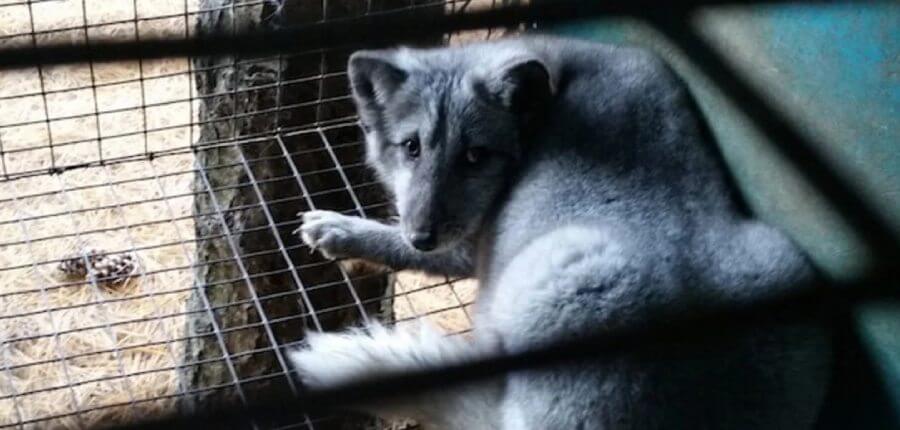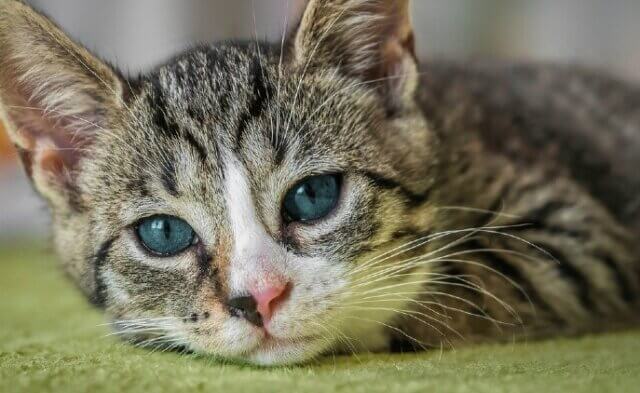The COVID-19 pandemic introduced the world to “wet markets,” where live, terrified, often sick animals — along with the bloody carcasses of those recently killed — are caged in grotesque, unsanitary conditions and peddled for human consumption.
While the exact source of this global crisis may never be determined, filthy floors covered in assorted bodily fluids and people handling raw flesh certainly make it easier for dangerous zoonotic diseases to bounce from one species to another.
Fortunately, the fur industry is dwindling, as a growing number of shoppers are taking compassion into consideration. A fuzzy hat just isn’t worth the pain and suffering of a living being. “I’d rather go naked than wear fur” has become a fashionable lifestyle statement. But on a planet of some 8 billion people, it can be disastrous if even a small percentage of the population wears fur.
And on fur farms — where minks, foxes, raccoon dogs, chinchillas and other animals are confined to cramped adjacent or stacked wire cages, allowing for cross-contamination through urine, excrement, pus and blood — contagious diseases are likely to spread.
Up to 75% of emerging infectious diseases are zoonotic, meaning they can be transmitted from animals to humans. COVID-19, SARS, swine flu and Ebola are just a few examples.
Minks bred for their fur spend their lives imprisoned in tiny cages, with no opportunity to engage in natural behavior. They often go insane due to frustration and sometimes chew off their own limbs. The stress they endure weakens the already unwell minks’ immune systems, making them even more susceptible to infections.
When the novel coronavirus ripped through fur farms in the Netherlands, the government there ordered hundreds of thousands of minks to be gassed to death to stop the spread of the disease. In Denmark, 17 million minks were massacred and dumped in a mass grave after being infected with COVID. And minks were also among the animals infected during the 2003 SARS outbreak. In their natural habitat, these animals are solitary and discreet, going out of their way to avoid humans. But in the overcrowded hell of factory farming, they can easily pass on hepatitis E, influenza, salmonella and other pathogens to workers.
Even seemingly unrelated zoonotic illnesses have a connection to fur farming. The deadly H5N1 bird flu virus, which has a 56% mortality rate in humans, is usually contracted through direct contact with infected birds, as in the case of an American meat factory worker who became infected after slaughtering chickens. But it was recently discovered that minks on a fur farm in Spain passed the H5N1 virus to one another. Right out of the plot from an apocalyptic horror movie, bird flu has gained at least one mutation, making it easier to spread from mammal to mammal and from continent to continent. Humans: Be afraid.
Fur is dead. And we will all be dead, too, if we continue to exploit animals for our selfish, unnecessary desires. It shouldn’t take the threat of another worldwide shutdown to shut down the violent, irresponsible fur industry. Animals are sensitive, complex individuals who can feel joy, fear, love and pain. Minks and foxes belong in nature, not in your wardrobe. For the sake of humanity — and the future of humanity — it’s imperative that our clothing be cruelty-free.





